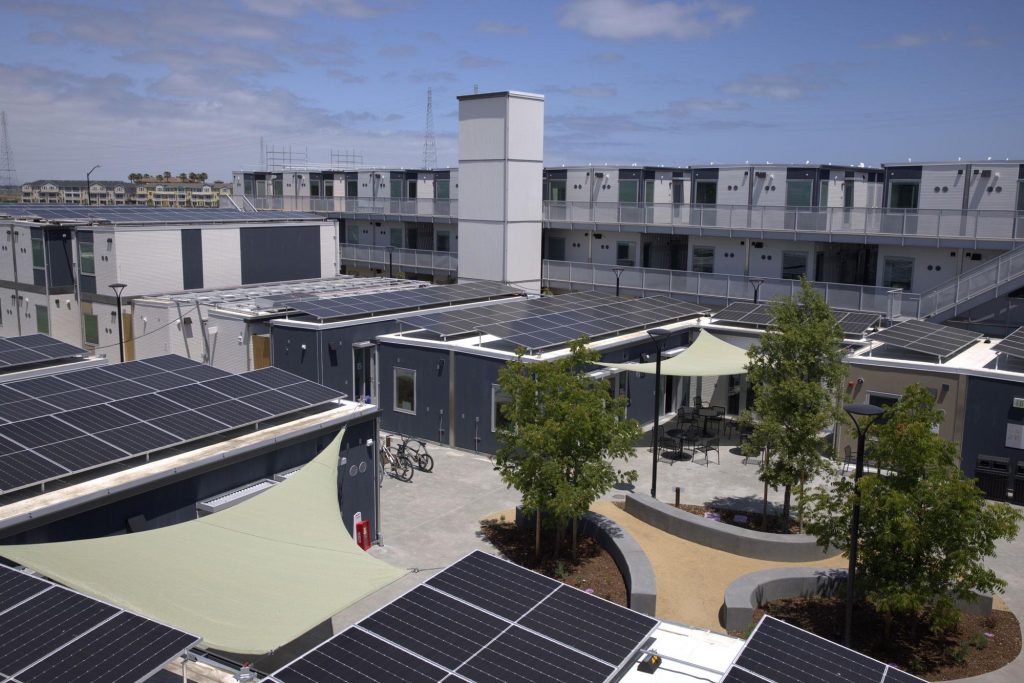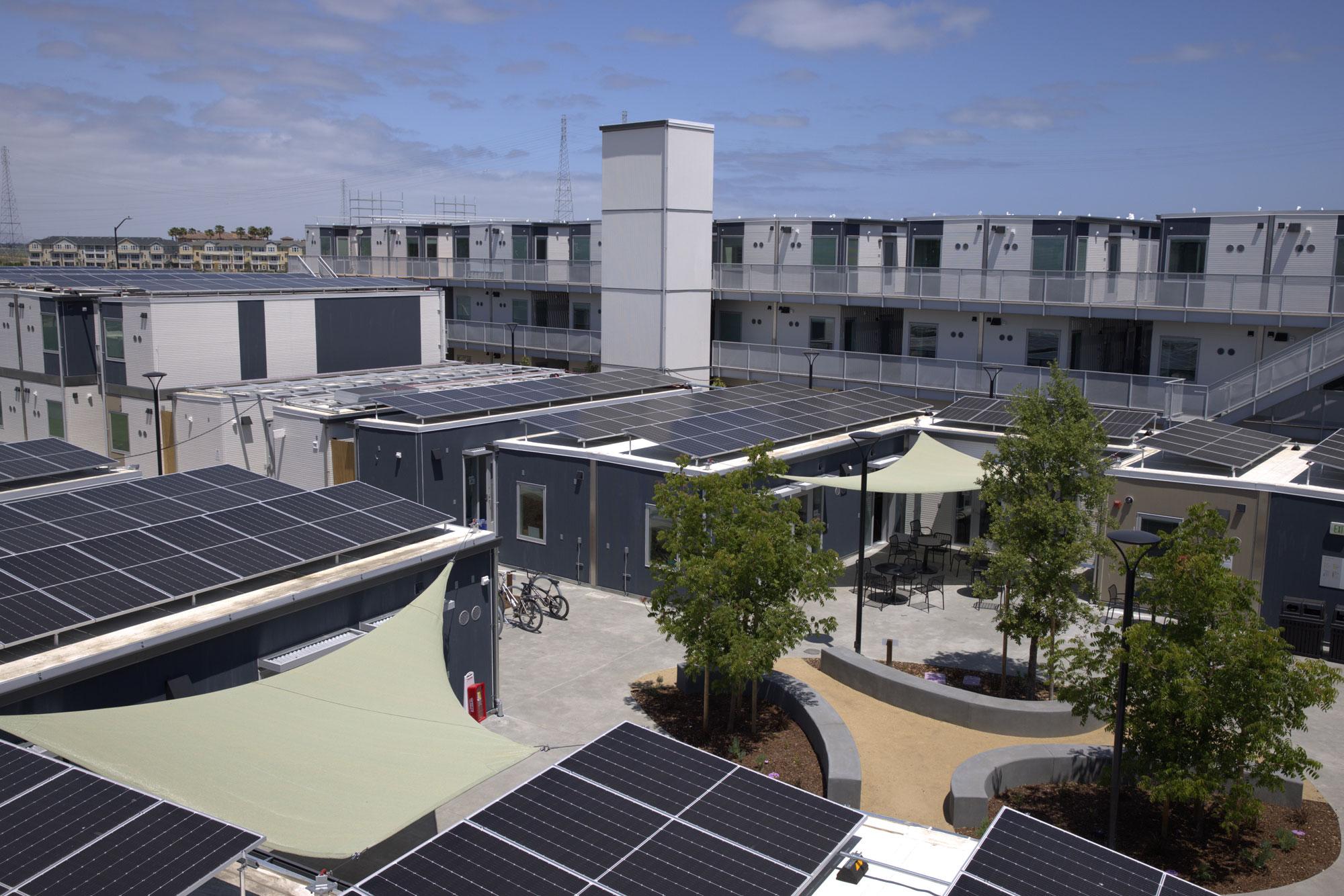San Mateo Daily Journal Column October 3, 2023
Edith was recounting the first moment she saw her room at the San Mateo County Navigation Center. “OMG! What a blessing! This can’t be real!” She also gushed about the staff at the center, calling one person “my sunflower” and another “my sunshine.” She had real hope for her future now that she had stable, safe, private, comfortable housing. After her husband died she’d been on the streets, then in a congregant shelter, and now here. “I wish I knew the person that built this place!” She exclaimed. I pointed to the man standing next to me, Adam Ely, Deputy County Executive. Near tears she asked him “Can I hug you?” and she did.

A Daily Journal reader asked me to look into what he calls the “homelessness industrial complex” to find out why we spend so much money and the homeless population keeps rising. Is that money wasted by people who don’t really want to solve the problem? He wonders. Sarah Fields, Director of Community Engagement and Public Affairs for LifeMoves, the agency running the center, who gave me a tour and answered dozens of my questions, scoffed at that, with good reason. Yes, disjointed services trying to patch gigantic social problems piecemeal aren’t ideal. That’s why the concept of the Navigation Center, with the county’s coordinated entry system, focused on “housing first” with comprehensive holistic services is so important. And, according to everyone I’ve interviewed and the research I’ve done, the homelessness problem won’t be truly reduced until we make major national investments in affordable housing and other social programs, federal funds for which were dramatically reduced starting with the Reagan era. Since then it has mostly been left to nonprofits, cities, counties and states to deal with the housing crisis. San Mateo County, I believe, is setting an example that other municipalities will be able to follow, best practices which have in a very short time shown very positive results.
The center has 240 private housing units, comprehensive onsite social services, medical/dental care, 24/7 Resident Service Coordinators, three meals a day, laundry room, dog run, community rooms, and beautiful outdoor spaces. This is a place where residents can find comfort, community, and a way out. Many barriers to entry have been eliminated. People who might otherwise have refused help and stayed on the streets now gratefully accept it. Residents stay from three to six months, depending on their ability to overcome whatever obstacles they face. One story that both broke my heart and made it abundantly clear that any dollar spent this way is worth it was about the man with Stage 4 cancer who Kaiser placed at the center because he could no longer stay in the hospital, was not ready for hospice, and would have been out on the street if not for the Navigation Center.
Each of the people that I saw on my visit strengthened my belief in what the county and organizations like LifeMoves are doing. I’m a Matthew 25 Jewbyterian, Jewish with a Presbyterian husband, moved by the saying “that which you did for the least of these you did for me.” Folks are homeless for many reasons and different agencies are best able to provide services based on their core expertise with the types of clients they serve. These core agencies are working directly with the Navigation Center to place people who would clearly benefit from being there, who have the best chance to get their lives in order and eventually move on to permanent situations where, for many, they will be self-sufficient. Take Angie, who moved into the center a few months ago. With the center’s help she landed a fantastic job at the airport. She impressed management at her job so much that they’re hiring two of her neighbors. That employer may establish a long term relationship with the center as a pipeline for more employees. The joy in the employment coordinator’s face sharing that news fed my soul! Every staffer expressed joy in their work, confidence in the mission, and a love for the residents. They should be proud.
Naysayers commenting on columns about poverty and homelessness frequently give what they think is sage advice. “If people want to live here they should work harder and get better jobs and they should learn how to manage their money.” In a previous column I shared JobTrain’s success, last year training 3,000 people for better jobs. As I was leaving the Navigation Center a staffer said residents had earned $31,000 in deposited savings in just 45 days. People do, in fact, work hard, try to move up, and save money. My sage advice: let’s keep working together as a community so that everyone can thrive.
Resident’s names were changed for their privacy.
